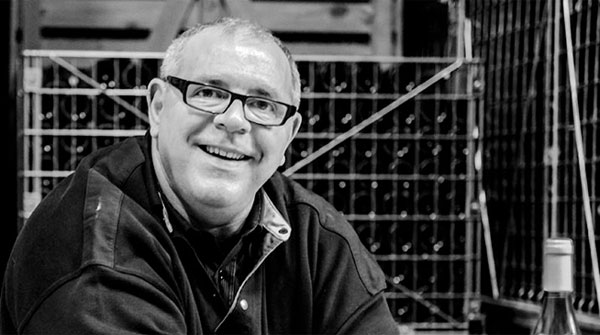Daniel-Etienne Defaix
These are textural, complex wines that evoke the white Burgundies of yesteryear, and they may confuse consumers habituated to the tart, brittle, processed wines that are often passed off as expressions of region’s ‘terroir.’ Their potential to develop in bottle and their capacity to pair with a thrilling variety of foods, however, make them fascinating, at least to this writer. Much of the production is sold to France’s best restaurants, but what reaches the export market is well worth seeking out.Wine Advocate
Daniel-Etienne Defaix’s ancestors cultivated the vine in the sixteenth century at the Château de Faix near Avallon, not far from Chablis. Etienne-Paul Defaix installed the family as vignerons in Chablis during the eighteenth century. Daniel-Etienne Defaix is the 14th generation to continue this long family tradition.
In 1978 Daniel-Etienne Defaix was an eighteen-year-old student studying winemaking when the famous vineyard, Le Lys, came on the market. This vineyard was next to his father’s land. It was too good an opportunity to miss, so he bought it with a mortgage from the bank. This was the start of his domaine. Today, the domaine consists of 28 hectares planted exclusively to Chardonnay and primarily in a serious of vineyard sites classified 1er Cru.
All the wines at this estate are vinified in a similar fashion. The grapes are pressed slowly for three hours, separated parcel by parcel, with only the finest juice maintained for bottling at the domaine. The wines normally ferment for three weeks (sometimes as long as a month) using only indigenous yeast and at a temperature of 18 degrees Celsius. The malolactic fermentation is always completed but never artificially rushed (on rare occasion, the ML has taken two years to finish). The wines rest on the fine lees in stainless steel tanks for at least 18 months (and sometimes longer for the 1er and Grand Crus) undergoing a type of batonnage without exposure to air and without the addition of sulfur (utilizing the CO2 created by the malolactic fermentation to conserve the freshness of the wines). He is firmly in the “unoaked’ camp of Chablis producers. The wines are generally not fined nor filtered prior to bottling.
Daniel-Etienne Defaix releases his wine to the market only after obtaining several years of bottle age at which point the market has the pleasure of having access to wines that more fully express the remarkable and unique terroir that is Chablis. Note also that the high quality corks used at the domaine are purchased two to three years in advance to secure the finest quality and to insure the stability of the cork.




